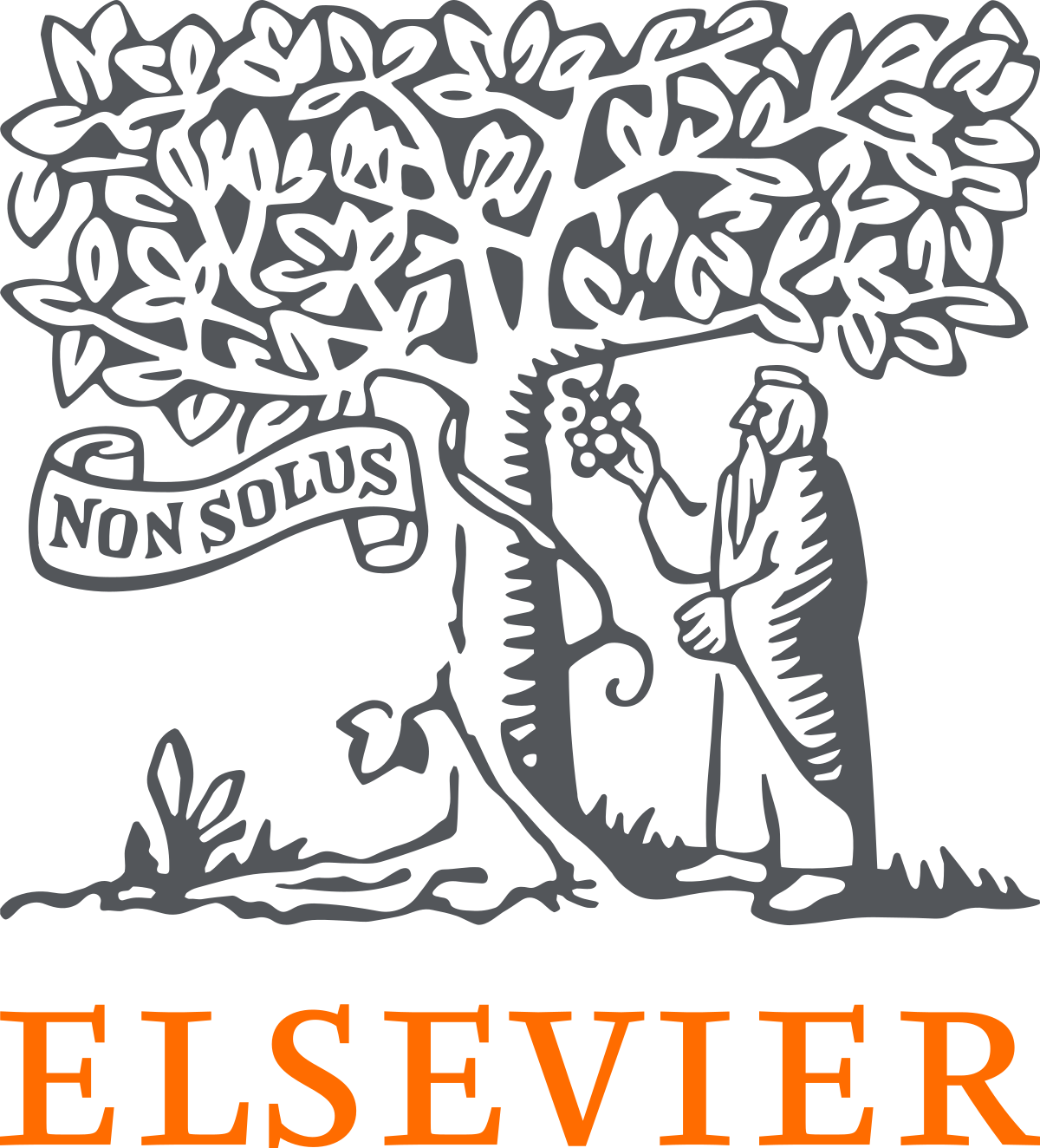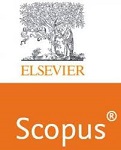Advances in Garbage Detection and Classification: A Comprehensive Study of Computer Vision Algorithms
Keywords:
Computer Vision, Garbage Detection, Object Detection, Single-Shot Learning, Transfer Learning, Waste Classification, Waste Detection, YOLOV4Abstract
Effective waste detection and classification are crucial for addressing waste management challenges and promoting recycling and reuse of waste materials. The long-term environmental impacts of plastic, metal, and glass-based waste highlight the importance of proper identification, sorting, and utilization of these waste categories. Although various deep learning algorithms have been developed for waste detection, they often struggle to detect multiple garbage categories from a single input image. This research focuses on utilizing computer vision algorithms, specifically the YOLO (You Only Look Once) approach and its variant, which incorporates Convolutional Neural Network (CNN) models, for garbage detection and classification. The efficacy of these models is demonstrated through their impressive performance in waste management tasks. In summary, this research underscores the prowess of Tiny YOLOv4, not only amplifying waste detection capabilities but also envisioning its transformative role in advancing automated waste management practices.
Downloads
References
Central Pollution Control Board. (2021). Municipal Solid Waste Management in India: Annual Report 2020-21 [PDF]. Retrieved from https://cpcb.nic.in/uploads/MSW/MSW_AnnualReport_2020-21.pdf
Girshick, Ross. "Rich Feature Hierarchies for Accurate Object Detection and Semantic Segmentation." In Proceedings of the IEEE Conference on Computer Vision and Pattern Recognition (CVPR), edited by John Smith and Jane Doe, 580-587. IEEE, 2014.
Girshick, R. (2015). Fast R-CNN. In Proceedings of the IEEE International Conference on Computer Vision (ICCV), 1440-1448.
Ren, S., He, K., Girshick, R., & Sun, J. (2015). Faster R-CNN: towards real-time object detection with region proposal networks. In Proceedings of the Advances in Neural Information Processing Systems (NIPS), 91-99.
Dai, J., Li, Y., He, K., & Sun, J. (2016). R-FCN: object detection via region-based fully convolutional networks. In Proceedings of the Advances in Neural Information Processing Systems (NIPS), 379-387.
W. Liu, D. Anguelov, D. Erhan, C. Szegedy, and S. Reed, “SSD: single shot multibox detector,” in Proceedings of the European Conference on Computer Vision (ECCV), 2016, pp. 21–37.
Redmon, J., Divvala, S., Girshick, R., & Farhadi, A. (2016). You only look once: unified, real-time object detection. In Proceedings of the IEEE Conference on Computer Vision and Pattern Recognition (CVPR), 779-788.
Thung, G., & Yang, M. (2016). Classification of Trash for Recyclability Status. CS 229, Stanford University.
Chen, X., Kundu, K., Zhu, Y., et al. (2017). 3D object proposals using stereo imagery for accurate object class detection. IEEE Transactions on Pattern Analysis and Machine Intelligence, 40(5), 1259-1272.
He, Kaiming, et al. “Deep Residual Learning for Image Recognition.” Proceedings of the IEEE Conference on Computer Vision and Pattern Recognition (CVPR). 2016.
Huang, J., Rathod, V., Sun, C., Zhu, M., Korattikara, A., Fathi, & Murphy, K. (2017). Speed/accuracy trade-offs for modern convolutional object detectors. In Proceedings of the IEEE Conference on Computer Vision and Pattern Recognition (CVPR), 7310-7311.
Gao Huang, Zhuang Liu, Laurens van der Maaten, and Kilian Q. Weinberger. “Densely Connected Convolutional Networks.”Proceedings of the IEEE Conference on Computer Vision and Pattern Recognition (CVPR). 2017.
Bochkovskiy, A., Wang, C. Y., & Liao, H. Y. M. (2020). YOLOv4 Tiny: A Reduced Network for Object Detection. arXiv preprint arXiv:2011.08036.
Thung, G., Yang, M. (2021). TrashNet Dataset. Retrieved from https://github.com/garythung/TrashNet
D-SWASTE Dataset. Retrieved from https://ieee-dataport.org/open-access/d-swaste-dataset-deep-learning-based-classification-and-segmentation-solid-waste
Waste-CNN Dataset. Retrieved from https://ieee-dataport.org/open-access/waste-cnn-dataset-image-classification-solid-waste
FoodCam 256 Dataset. Retrieved from http://foodcam.mobi/dataset100.html
Li, X., Zhang, M., Huang, Z., Liu, J., Zhou, H., Wang, X., & Wu, J. (2021). A review on computer vision technologies for waste management. Environmental Science and Pollution Research, 28(5), 5142-5161.
Redmon, Joseph, Santosh Divvala, Ross Girshick, and Ali Farhadi. “You Only Look Once: Unified, Real-Time Object Detection.” arXiv.org, May 9, 2016. https://arxiv.org/abs/1506.02640.
Joseph Redmon and Ali Farhadi. "YOLO9000: Better, Faster, Stronger." arXiv, 2016. https://arxiv.org/abs/1612.08242.
Tsung-Yi Lin, Priya Goyal, Ross Girshick, Kaiming He, and Piotr Dollár. "Focal Loss for Dense Object Detection." Proceedings of the IEEE International Conference on Computer Vision (ICCV), 2017
YOLOv3: An Incremental Improvement." Https://Pjreddie.Com/. https://doi.org/1506.02640.
Redmon, Joseph and Alexey Bochkovskiy. "YOLOv4: Optimal Speed and Accuracy of Object Detection." arXiv, April 2020. https://arxiv.org/abs/2004.10934.
Chien-Yao Wang. "You Only Learn One Representation: Unified Network for Multiple Tasks." (2021). https://doi.org/10.48550/arXiv.2105.04206.
Bochkovskiy, A., Wang, C. Y., & Liao, H. Y. M. (2020). YOLOv4 Tiny: A Reduced Network for Object Detection. arXiv preprint arXiv:2011.08036.
JSPM. (2023). Tiny YOLO for Trashnet Dataset [Open Source Dataset]. In Roboflow Universe. Roboflow.
Downloads
Published
How to Cite
Issue
Section
License

This work is licensed under a Creative Commons Attribution-ShareAlike 4.0 International License.
All papers should be submitted electronically. All submitted manuscripts must be original work that is not under submission at another journal or under consideration for publication in another form, such as a monograph or chapter of a book. Authors of submitted papers are obligated not to submit their paper for publication elsewhere until an editorial decision is rendered on their submission. Further, authors of accepted papers are prohibited from publishing the results in other publications that appear before the paper is published in the Journal unless they receive approval for doing so from the Editor-In-Chief.
IJISAE open access articles are licensed under a Creative Commons Attribution-ShareAlike 4.0 International License. This license lets the audience to give appropriate credit, provide a link to the license, and indicate if changes were made and if they remix, transform, or build upon the material, they must distribute contributions under the same license as the original.





